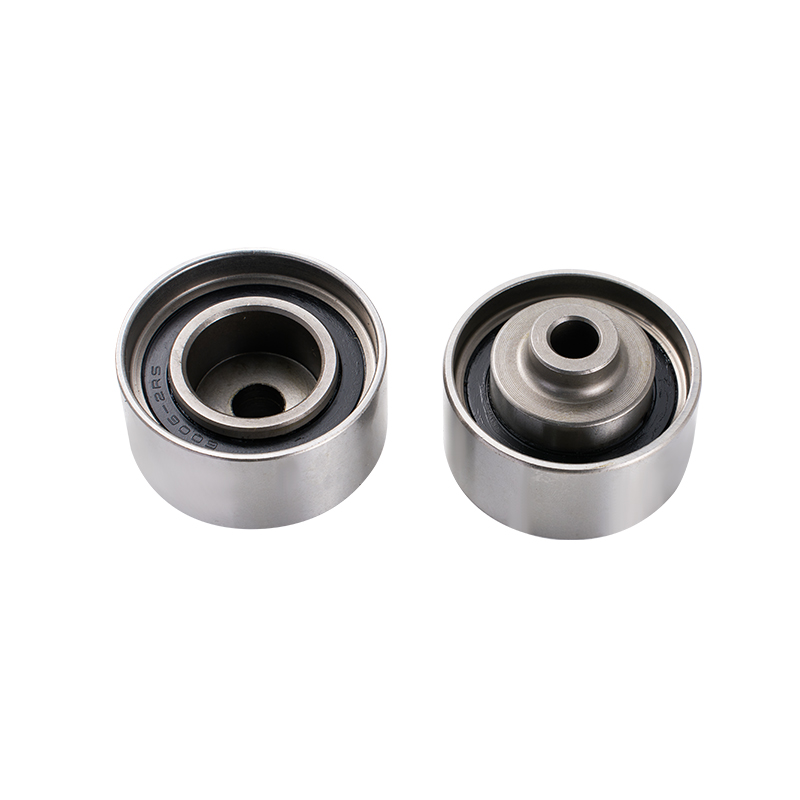The heart of countless mechanical systems lies in their ability to handle rotational motion efficiently, and few components achieve this as effectively as bearing ball deep groove designs. These workhorses of motion control have evolved significantly from their early 20th-century origins into today's highly engineered precision ball bearings, serving everything from household appliances to heavy industrial ball bearings applications.

At their core, bearing ball deep groove units derive their name from the pronounced raceway grooves that run continuously along both inner and outer rings. This distinctive geometry enables them to support both radial and axial loads simultaneously—a characteristic that sets them apart from many other bearing types. In industrial ball bearings, this versatility proves invaluable where complex load conditions exist, such as in conveyor systems or large electric motors.
The manufacturing process for precision ball bearings reveals why deep groove designs dominate so many applications. Advanced grinding machines shape the raceways to exacting tolerances, often within microns of specification. This precision ensures good ball-to-raceway contact in the bearing ball deep groove configuration, distributing stresses evenly across all load-bearing surfaces. Such exactness becomes critical in high-speed applications where even minor imgreations could cause premature wear or vibration.
Load capacity represents a key advantage of industrial ball bearings using deep groove architecture. The continuous groove design allows for a greater number of balls compared to angular contact bearings of similar size. This gives bearing ball deep groove units their characteristic high radial load capacity while still maintaining respectable thrust load capabilities—a balance that makes them ideal for general-purpose precision ball bearings in everything from power tools to agricultural equipment.
Sealing solutions have dramatically improved in modern bearing ball deep groove implementations. Today's industrial ball bearings often incorporate advanced sealing technologies that protect the precision-ground components from contamination while retaining lubrication. These developments have extended service intervals significantly, particularly in precision ball bearings used in food processing or pharmaceutical equipment where maintenance access proves challenging.
The thermal performance of bearing ball deep groove designs merits special attention. Engineers have optimized the groove curvature to minimize heat generation during operation—a critical factor in industrial ball bearings subjected to continuous duty cycles. This thermal efficiency stems from reduced sliding friction between the balls and raceways, a hallmark of well-executed precision ball bearings that keeps energy losses to a minimum.
Material science innovations continue pushing bearing ball deep groove technology forward. While traditional chrome steel remains standard for most industrial ball bearings, specialty applications now utilize ceramic hybrids or corrosion-resistant alloys in their precision ball bearings. These material upgrades enhance performance in environments, from seawater pumps to high-temperature industrial ovens, all while maintaining the fundamental deep groove geometry that makes these bearings so versatile.
Looking ahead, the future of bearing ball deep groove technology appears closely tied to smart manufacturing trends. Sensor-equipped industrial ball bearings can now provide real-time data on load conditions and wear patterns, while advances in lubrication technology promise to further extend the service life of precision ball bearings. Yet through all these innovations, the essential deep groove design principle remains—a testament to the enduring brilliance of this fundamental mechanical solution.
From miniature precision ball bearings in medical devices to massive industrial ball bearings supporting mining equipment, the deep groove design continues proving its worth across the mechanical spectrum. Its combination of load capacity, operational smoothness, and adaptability ensures the bearing ball deep groove will remain an engineering cornerstone for decades to come.



 English
English русский
русский
